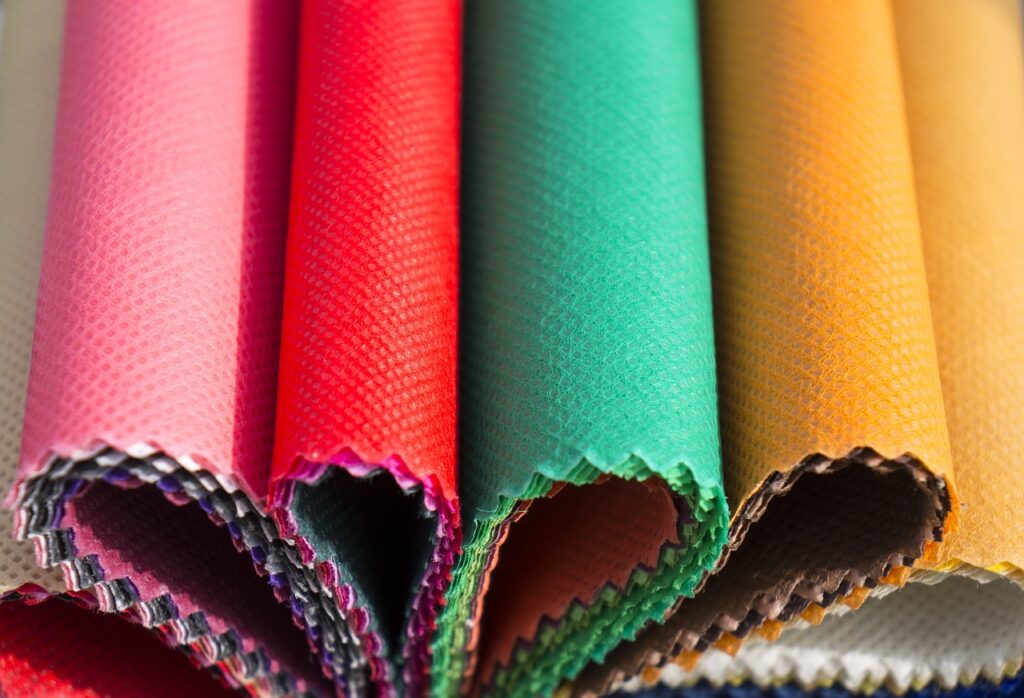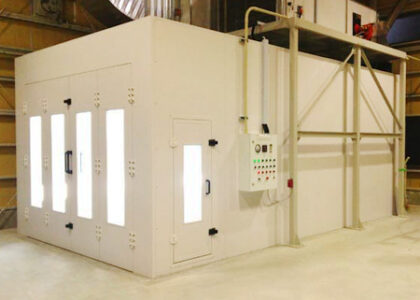Estimated to be valued at US$ 45.1 billion in 2024, the non woven fabric market is poised for significant growth, with projections indicating a rise to US$ 70.7 billion by 2034. This upward trajectory is supported by an anticipated Compound Annual Growth Rate (CAGR) of 4.6% during the forecast period from 2024 to 2034. The market’s expansion is fueled by the widespread adoption of non-woven fabrics across various industries, driven by their versatility, cost-effectiveness, and sustainability. As demand continues to rise for innovative textile solutions, the non-woven fabric market is expected to play a pivotal role in shaping the future of the textile industry.
In North America, the non-woven fabrics market is poised for significant growth, currently holding a substantial 15% share of the total market. This projection is fueled by the rapid economic development in the region, coupled with an increase in disposable income, driving a rising domestic demand for hygiene products. The presence of well-established eCommerce channels further contributes to the market’s robust performance, generating substantial revenue.
Turning to Europe, the region is expected to dominate the non-woven fabrics market, currently accounting for 30% of the total market share. The increasing demand for non-woven fabrics in industries such as automobiles, medical, and construction is propelled by their cost-effectiveness, durability, lightweight nature, versatility, and logistical convenience. Moreover, the support of government grants for research and development activities within the non-woven fabrics market enhances its expansion prospects in Europe.
Get our Sample Report to discover how recent industry developments, like: https://www.futuremarketinsights.com/reports/sample/rep-gb-4012
Key Takeaways:
- High demand from various industry verticals strengthens the market prospects for non-woven fabrics.
- Volatility and high costs of raw materials may stunt the target market growth.
- The non-woven fabric market in North America accounts for 15% of the global market share.
- Europe’s non-woven fabric market holds 30% of the total market share.
- Start-ups in this market are keen on developing additional product properties to boost the adoption rate of non-woven fabrics.
Competitive Landscape
- E.I. du Pont de Nemours & Co,
- Ahlstrom Corporation,
- Avintiv, Inc.,
- Kimberly-Clark Corporation,
- P.H. Glatfelter Co,
- Freudenberg SE,
- Suominen Corporation,
- Toray Industries Inc.,
- Albarrie, and
- others
are some of the major players in the non-woven fabrics market profiled in the full version of the report.
Leading market players are focusing on utilizing novel and innovative techniques to enhance product quality and durability. These firms are interested in developing new product lines and expanding their production capacities to strengthen their market position.
Recent Developments-
- In June 2020, Lydall invested in the new fine fiber melt-blown production line to meet the rising global demand for face masks. This new production line aimed at enabling Lydall to produce high-quality fine fiber melt-blown filtration media for N95, surgical, and medical face masks and significantly increase their supply and help alleviate the shortage of melt-blown materials, both in the US and internationally.
- In May 2020, Berry Global announced an expansion of its Meltex melt-blown capacity, with the addition of an asset to support the growing demand for face masks during COVID-19. The new line focused on the manufacturing of nonwoven protection materials and filter materials for premium FFP2 (N95) and FFP3 (N99) grade filter media.
Market Drivers:
- Growing Demand in Healthcare Sector: Non-woven fabrics are extensively used in the healthcare sector for products like surgical gowns, masks, and drapes due to their absorbent and barrier properties.
- Increasing Awareness of Hygiene: Non-woven materials are used in personal hygiene products such as diapers, feminine hygiene products, and adult incontinence products. The growing awareness of hygiene and an aging population contribute to the demand for these products.
- Rising Disposable Income: With an increase in disposable income, there is a higher demand for convenience products such as disposable wipes, which are often made using non-woven fabrics.
- Advancements in Technology: Ongoing advancements in non-woven fabric manufacturing technologies lead to the development of new and innovative products, attracting a wider range of applications.
- Environmental Concerns: Non-woven fabrics are often considered more environmentally friendly than traditional materials in certain applications. This can drive the market as environmental awareness grows.
Market Restraints:
- Raw Material Price Volatility: Fluctuations in the prices of raw materials, such as polymers, can impact the production cost of non-woven fabrics, affecting profit margins for manufacturers.
- Challenges in Recycling: While non-woven fabrics offer advantages in terms of disposability, recycling them can be challenging. This can pose environmental concerns and limit their adoption in certain applications.
- Competition from Other Materials: Non-woven fabrics face competition from alternative materials in various industries, such as woven fabrics, knit fabrics, and traditional textiles, which may limit their market share in certain applications.
- Stringent Regulations: Compliance with stringent regulations, particularly in the healthcare and hygiene sectors, can pose challenges for non-woven fabric manufacturers.
- Quality Concerns: In some cases, concerns about the quality and performance of non-woven materials compared to traditional textiles may hinder their adoption in certain applications.
Ready to Learn About Our Approach? Explore Our Methodology: https://www.futuremarketinsights.com/request-report-methodology/rep-gb-4012
Key Market Segments in the Non-Woven Fabrics Market
By Polymer Type:
- Polypropylene (PP)
- Polyethylene (PE)
- Polyethylene terephthalate (PET)
- Wood pulp
- Rayon
- Others
By Function:
- Disposables
- Durables
By Application:
- Hygiene
- Medical
- Filtration
- Automotive
- Building & construction
- Others
By Technology:
- Spunbond
- Wet Laid
- Dry Laid
- Air Laid
By Region:
- North America
- Latin America
- Asia Pacific
- Middle East and Africa
- Europe
About Future Market Insights (FMI)
Future Market Insights, Inc. (ESOMAR certified, recipient of the Stevie Award, and a member of the Greater New York Chamber of Commerce) offers profound insights into the driving factors that are boosting demand in the market. FMI stands as the leading global provider of market intelligence, advisory services, consulting, and events for the Packaging, Food and Beverage, Consumer, Technology, Healthcare, Industrial, and Chemicals markets. With a vast team of over 5000 analysts worldwide, FMI provides global, regional, and local expertise on diverse domains and industry trends across more than 110 countries.
Contact Us:
Future Market Insights Inc.
Christiana Corporate, 200 Continental Drive,
Suite 401, Newark, Delaware – 19713, USA
T: +1-845-579-5705
For Sales Enquiries: sales@futuremarketinsights.com
Website: https://www.futuremarketinsights.com
LinkedIn| Twitter| Blogs | YouTube


